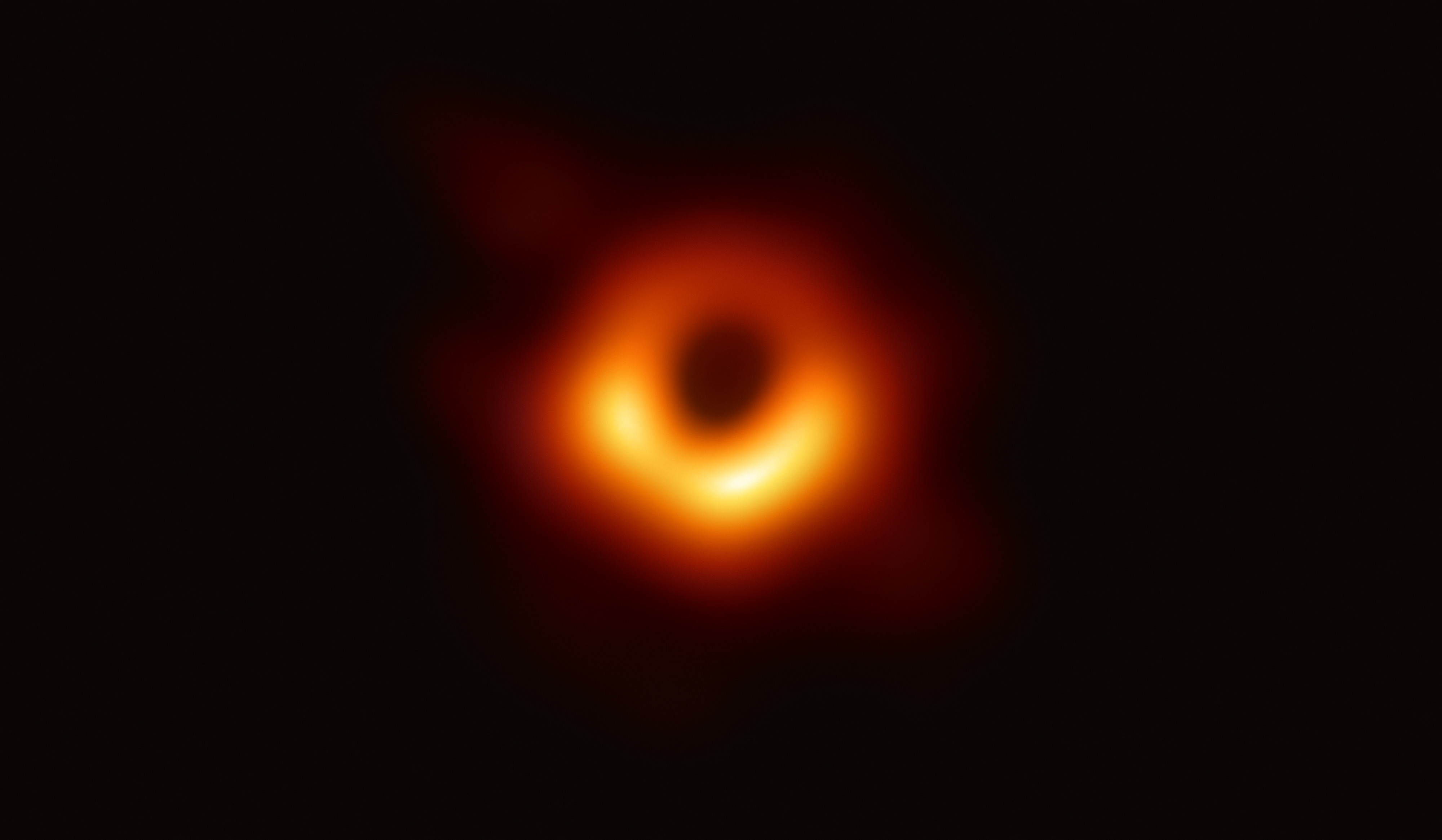In 2019, astronomers wowed the scientific world by capturing the first-ever image of a black hole. The image in question was of M87 (more scientifically known as Messier 87), a galaxy roughly 53 million light-years from Earth. That image was a huge scientific accomplishment. However, new observations of the distant black hole at the center of M87 have revealed something even more shocking – it is actually spinning.
Learning more about black holes has been a priority for the scientific community since the first black hole was discovered in 1964. After looking through 22 years of observational data surrounding M87, astronomers have discovered that the black hole at the center of the galaxy is spinning, with an oscillating jet that swings up and down every 11 years.
These jets are created when black holes gobble up massive amounts of dust and gas, and a fraction of those particles are then released via the jets that astronomers observed here and in other black holes. The discovery of this 11-year oscillation cycle underpins Einstein’s General Theory of Relativity, once more proving those predictions true.

The strange nature of M87’s black hole spinning is something scientists are intrigued by. The best theory they have at the moment is that the spin axis on the black hole doesn’t perfectly align with the rotational axis on its accretion disk – the large disk of material surrounding the black hole.
Because they don’t line up, the jets seem to flip-flop back and forth, up and down, throughout their cycle. Further, because the misalignment causes the matter and mass around the black hole to swirl differently, it also seems to have a significant impact on the spacetime surrounding M87’s black hole.
This is yet another win for Einstein’s theory, which calls this affected movement “frame-dragging.” Of course, astronomers aren’t yet sure how fast M87’s black hole is spinning, nor how large the accretion disk on the black hole actually is. To learn that, they will need to complete more observations of the black hole in the coming years.








